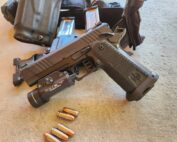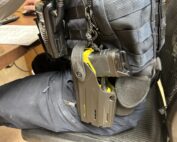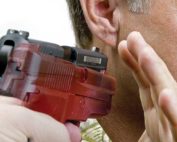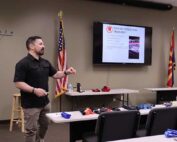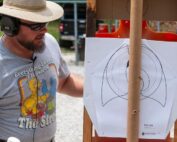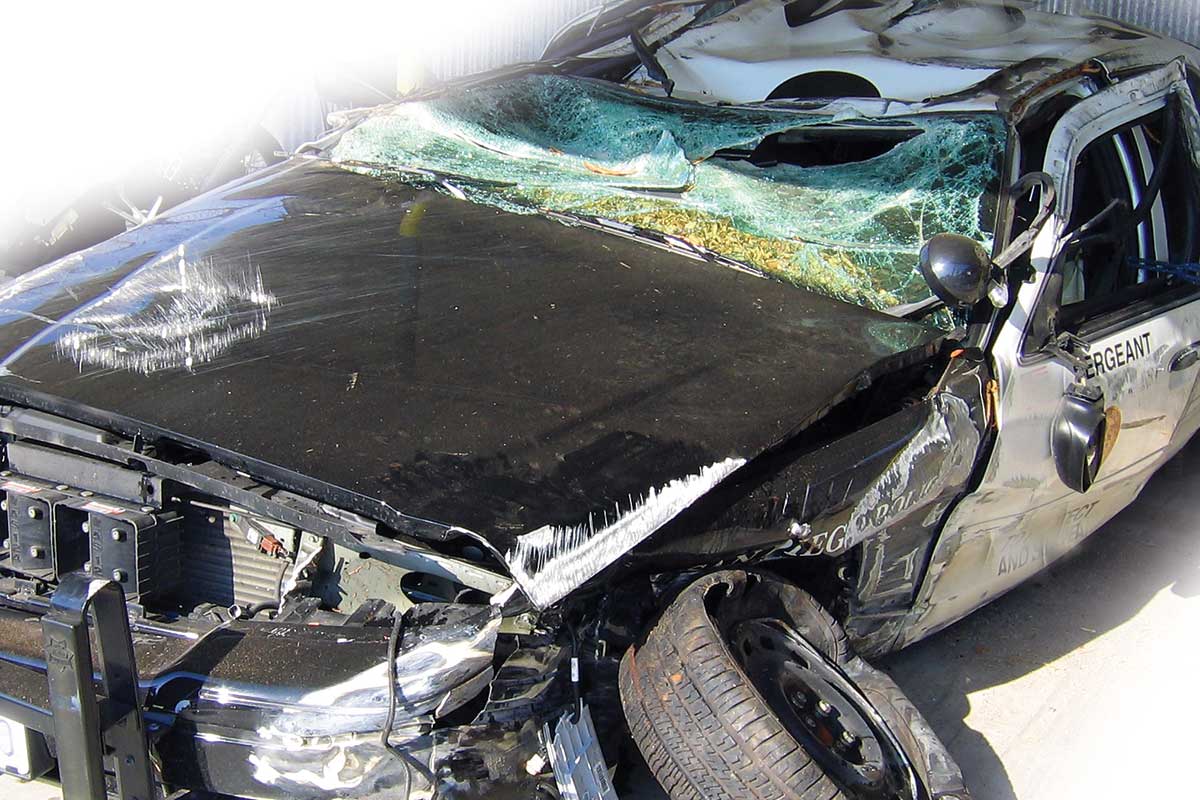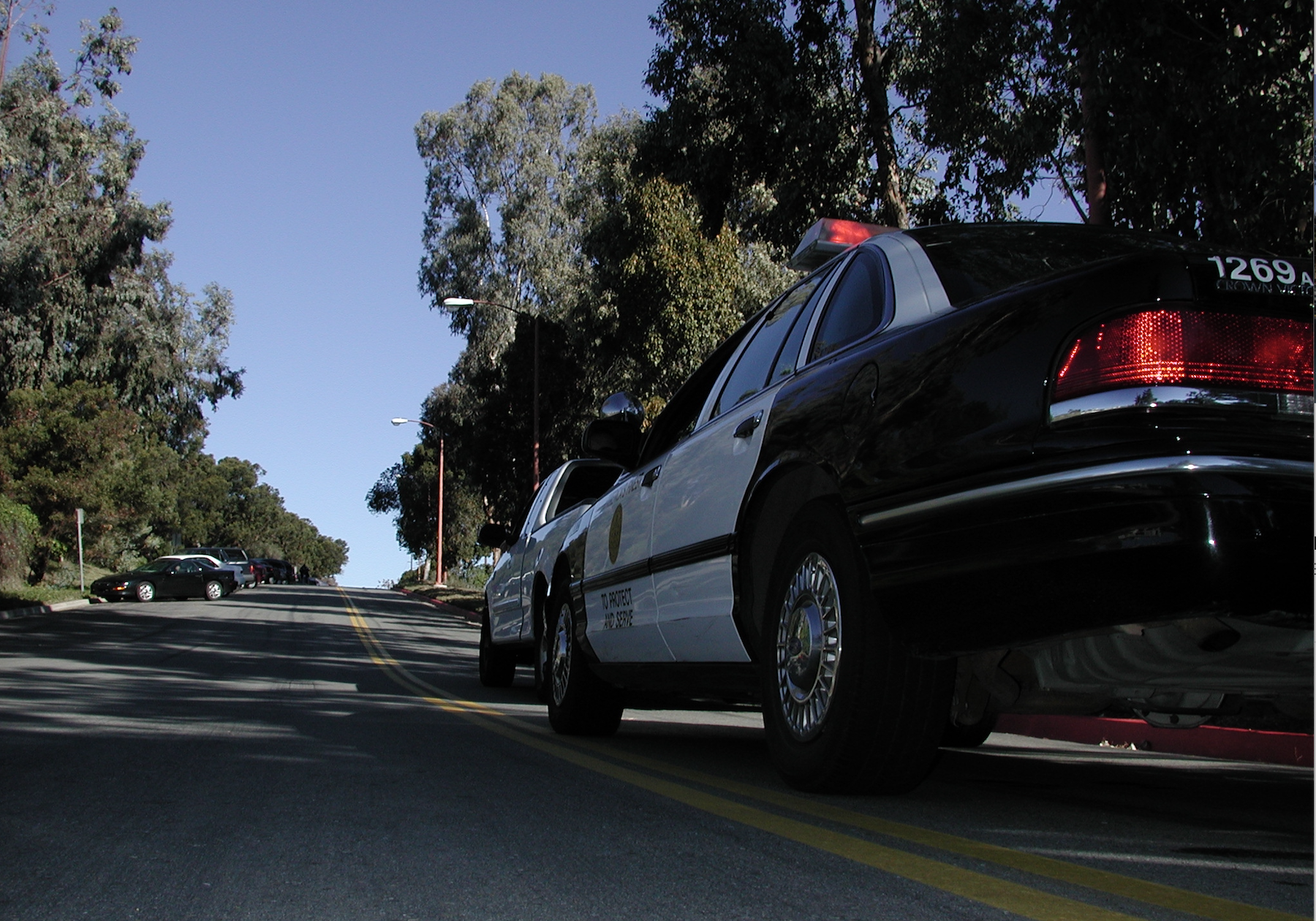
vantage-copflat
Um… Probably Not.
First of all, a hearty thank you to all of you who were kind enough to respond to Roy’s “Staying The Course” editorial (From The Publisher, Feb. 2014). We received a tremendous number of letters chock-full of what you like and don’t like, as well as a lot of requests for topics you’d like to see us tackle. We’ve printed a few of the letters we received in Return Fire in this issue, but I want to address a few things you tossed at us.
Building on our past successes, we’re going to embrace some solid ideas you gave us regarding topics and trends you’d like us to look at, especially officer safety and training issues, firearms and ammo, the “tools” you use every day, what it takes to be a good leader — and a good patrol cop. We’ve also reaffirmed the road we’ve been traveling has a solid foundation, if your many enthusiastic letters count. And they do, just so you know.
Just as we’ve always encouraged you to open your minds, pay attention and learn we adhere to the same adage here at COP. So, as much as it’s satisfying to know we’re doing what you want — mostly — we’ll listen and open new doors too.
A few specific things floated to the top.
We got a few comments concerning SWAT gear in our pages. Then it dawned on me at times due to the ads it may seem we’re full of SWAT-related articles and gear. But we’re not. Something we have little control over is the manner advertisers choose to showcase what they do. If a company makes a radio holder and they chose to show a geared-up SWAT officer holding it, so be it. But don’t let that cloud your eyes. We have been — and always will be — focused on showing what works for real cops in real situations doing real work. Some of those cops might be SWAT guys, but most won’t.
But keep something in mind. SWAT gear or any equipment perceived to be “cutting edge” at some level, has a parallel in motor racing. Some of what we see on the racetrack in a $1.5 million racecar will likely appear later in our $20K sedan. Ditto for SWAT gear. Technology in that fancy communication system, or streaming video helmet set-up or revolutionary new AR system from Colt just might end up trickling into your next piece of issue gear. We’d be remiss not to show you what’s on the horizon so you can plan ahead.
Which lead us to think hard on something else brought up. Many small agencies can’t afford fancy gear. The norm for many are “new” beat cars with 150,000 miles on them, no training budget and duty guns reaching the “gee, we outta’ trade these in but we don’t have the money” point. The officers on these small agencies need to know how to do it all — because they have to do it all. They don’t have the luxury of having evidence techs, specialized detective units (homicide, gangs, etc.) or anyone for that matter to follow up on cases.
Here are some numbers from the 2008 Census of State and Local Law Enforcement Agencies (CSLLEA) to help put things into perspective. About 8,800 (49 percent) of the 17,985 agencies had fewer than 10 full-time sworn personnel. About 5,400 (30 percent) had fewer than 5 sworn; and even more disturbing, of these smaller agencies about 2,100 (12 percent) had just one full-time officer (or part-time officers only).
Policing ain’t easy — and policing for small agencies can be even harder — and these folks are entitled to (and strive) to be just as safe and effective as those of you on larger agencies.
American COP will be here for all of you. We’ll continue to work together to bring the things that work for cops everywhere — to cops everywhere. Keep the communication channels open with me. Call me at (888) 315-3644 — I answer the phone — or send me an email at [email protected].
Newsflash
49% About 8,800 of the 17,985 agencies had fewer than 10 full-time sworn personnel.
30% About 5,400 had fewer than 5 sworn
12% 2,100 had just one full-time officer (or part-time officers only).

